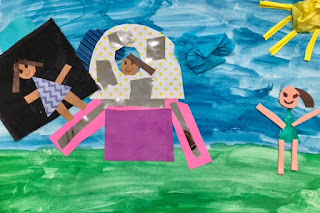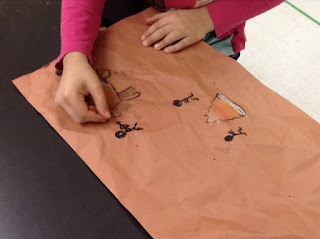


 |
| Andrew S., Kindergarten (Martignetti) |
 |
| Clara, Kindergarten (Bolton) |
 |
| Miguel, Kindergarten (Beatty) |
 |
| Caroline, Kindergarten (Beatty) |
 |
| Sorayah, Kindergarten (Blackwood) |
 |
| Beatrix, Kindergarten (Blackwood) |
 |
| Alejandro, Kindergarten (Martignetti) |
 |
| Emily B., Kindergarten (Bolton) |
 |
| Astrid, Kindergarten (Segreve) |
 |
| Emily B., Kindergarten (Segreve) |
 |
| Cristina, Kindergarten (Tan) |
 |
| David, Kindergarten (Beatty) |


















































